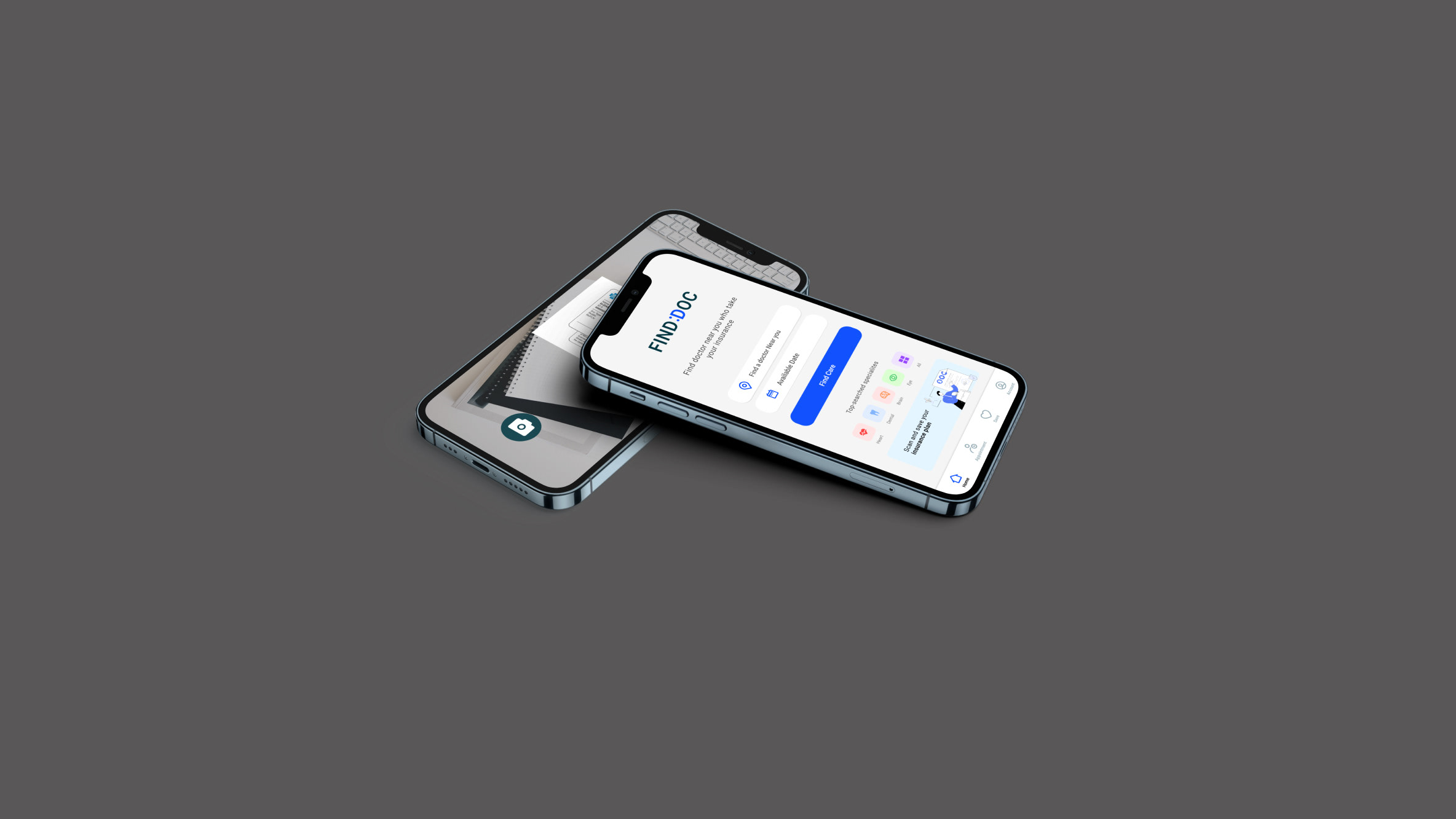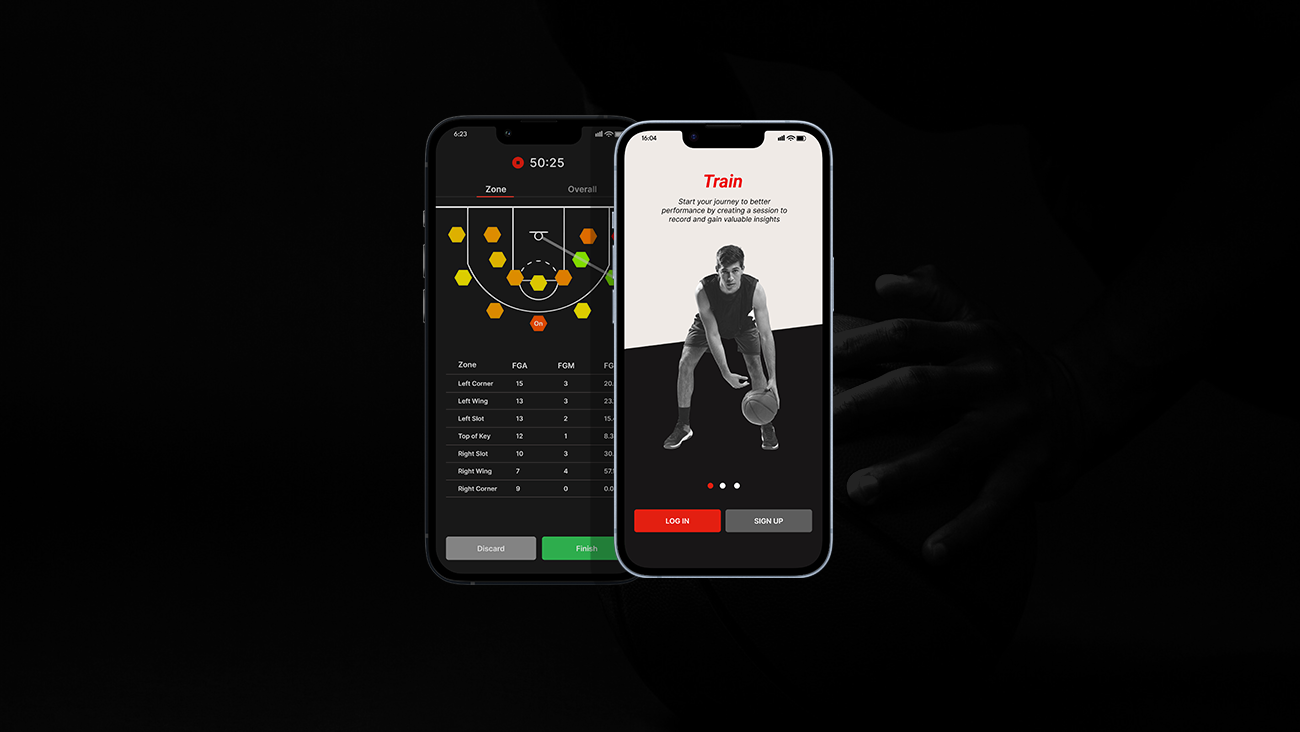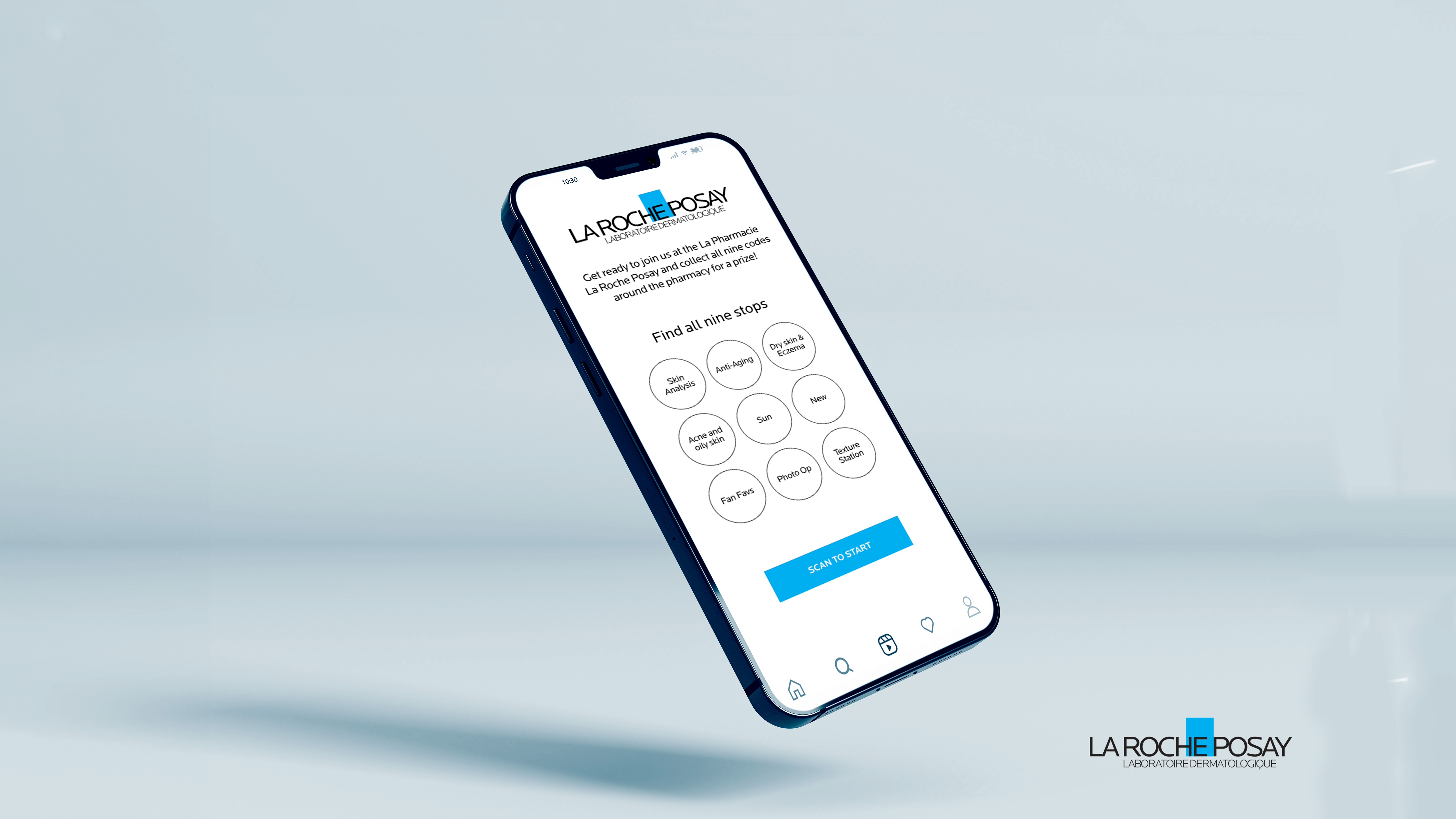Project Overview
The research focused on learning styles & tutorial subjects, such as kinesthetic, visual, and auditory.
We focused on all three major learning styles: kinesthetic, visual, and auditory. We added sound, visual, and physical objects so the children could play with them while learning. Our biggest target group, however, was children with a kinesthetic learning style. To support that, the main feature of Nori Block is the 3D blocks themselves, with which children can assemble their letters and syllables.
Method Used
Target Audience
Our app focuses on teaching the Korean language to second or third-generation Korean-American children.
Learning languages is associated with higher school performance and improved literacy and reading abilities in children (Dickinson, 2011). When talking about migrant communities, knowing your mother tongue is essential for identity building, history recognition, and community development. In a foreign country, the presence of a community is recognized as instrumental for the child’s understanding of belonging. (Stoop, 2017). In this context, our app focuses on teaching the Korean language to second or third-generation Korean-American children.
Assumptions/hypothesis/outcomes
ASSUMPTIONS:
- Playful learning would be better for children
- Blocks represent an alternative for kinesthetic learners, who can learn better when physical objects are included
ASSUMPTIONS:
- Playful learning would be better for children
- Blocks represent an alternative for kinesthetic learners, who can learn better when physical objects are included
HYPOTHESIS: A playful and fun app, covering different learning styles will be more effective for children to learn
OUTCOMES: Since we did no final user testing, it is hard to tell if our hypotheses were confirmed, but the benefits of play-based learning and covering different learning styles are well-known (Bubikova-Moan, 2019). In the future, more testing would be required to see how exactly children react to our products, including the benefits and downsides of it.
User Persona



